24
Navigating Customs Laws: Key Rules on Importing Medication into the USA
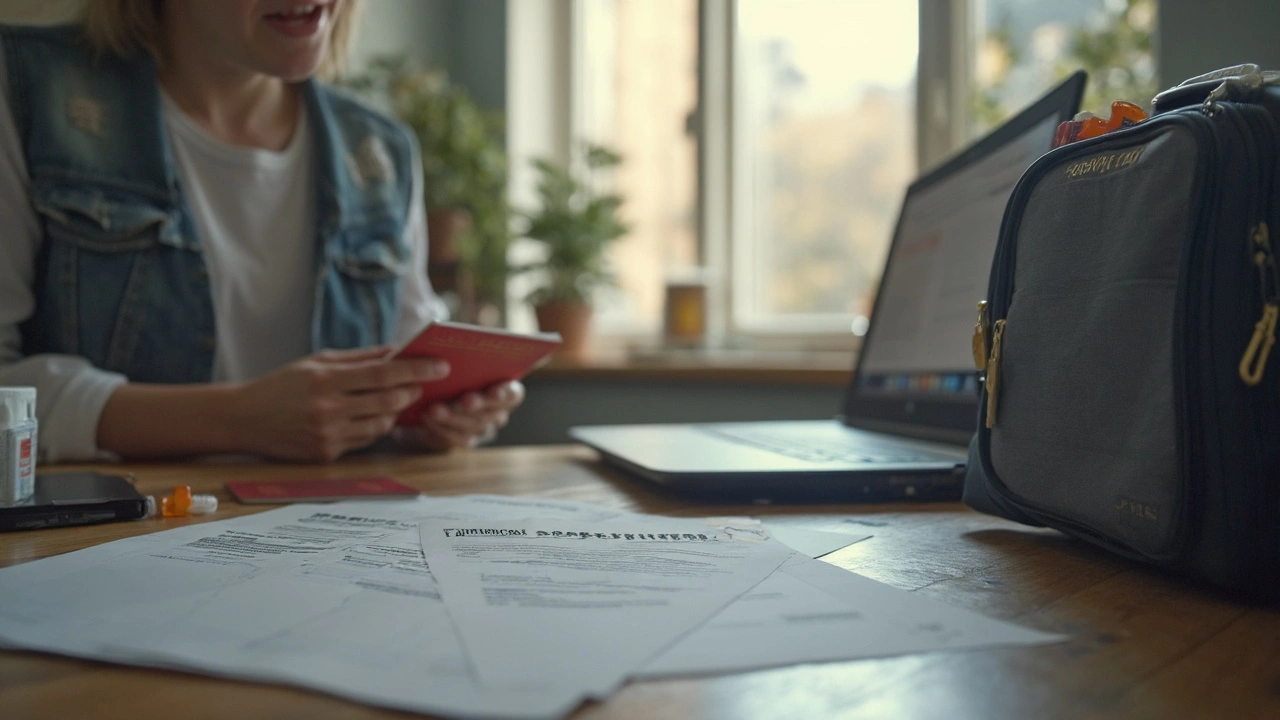
What Medications Are Prohibited or Restricted When Entering the USA?
Step off the plane or click 'Order' on a foreign pharmacy’s website, and suddenly you’re in a legal maze. U.S. Customs and Border Protection (CBP) has strict, sometimes confusing rules about what medications you can bring into the country. Think, “I’ve got a prescription, so I’m safe,” right? Well, not always. The U.S. bans or tightly restricts many substances that might be totally fine elsewhere.
First, let’s talk about the high-profile offenders. Medications containing controlled substances are a no-go unless you’re prepared for some heavy paperwork and doctor involvement. We’re talking anything with opioids (like codeine or tramadol), benzodiazepines (for example, Xanax or Valium), amphetamines (such as Adderall), and anabolic steroids. All these fall under the coverage of the Controlled Substances Act. The Drug Enforcement Administration (DEA) enforces this act like a hawk. Bring more than a three-month personal supply (and without the right documents), and you’re inviting serious problems.
The U.S. FDA puts another layer of rules on top of that. Some medications approved in Europe, Canada, or other parts of the world haven’t been okayed by the FDA. This means the medication—even if it treats the very same conditions it does abroad—can be considered illegal here. That applies to some sleeping pills, heart medications, antibiotics, and even asthma inhalers. Sometimes it’s because the dose in other countries is higher than what's approved in the States. When in doubt, check the FDA’s “Orange Book” online, which lists what’s actually legal and approved.
The threshold for what’s considered “prohibited” can change fast. For instance, until recently, CBD oil was strictly regulated and most forms weren’t allowed. Now, it’s generally okay if it has less than 0.3% THC. But if you’re bringing in anything containing cannabis, marijuana derivatives, or edibles—even from places where it’s totally legal—expect confiscation at the border, and maybe a lengthy interview.
There are hidden snags too. Some countries use the same medication names for different ingredients. Bring in the wrong thing because of a naming mix-up, and the agents won’t accept “I didn’t know.” Be extra cautious buying overseas; the packaging isn’t always what it seems.
And watch out for meds that are freely sold in some countries but are absolutely banned in the U.S. Examples include certain painkillers, stimulants (like pseudoephedrine beyond small quantities), even some mental health drugs. Japan’s cold meds are a frequent source of traveler confusion—what’s over-the-counter there is a customs headache here.
Counterfeit meds are a whole separate issue. The FDA estimates that about 10% of worldwide drugs could be fake. If you’re tempted by rock-bottom prices from sketchy websites, not only are you risking getting busted at customs, but you also could be playing roulette with your health.
Here’s a tip from a seasoned pharmacist in Miami: “Always keep meds in original packaging with the prescription label, and bring a letter from your doctor on letterhead. Customs isn’t impressed by Ziplock bags full of pills.”
One more surprise: You can’t bring in some veterinary medications for your pets, either. The same rules mostly apply, but add a layer of Department of Agriculture scrutiny. Got Fluffy’s meds coming in from Mexico? Best double-check those regulations too.
Hands down, staying within the law is simpler if you look for certified options. For those not sure where to look, there’s a growing trend of U.S. residents choosing to import meds from Canada. Just remember: the same substance bans and FDA oversight apply. Even parcels labeled as “supplements” or “health products” can be flagged and seized.
Smuggling is a terrible plan—the fines are steep, and U.S. Customs isn’t shy about seizing shipments or even pressing criminal charges. If you’re unsure, CBP has a comprehensive search tool; avoid playing “border agent roulette.”
| Medication Type | Status for Import | Key Restriction |
|---|---|---|
| Opioids (e.g. oxycodone, codeine) | Prohibited/Highly restricted | Only allowed with special prescription and DEA paperwork |
| Benzodiazepines (e.g. Xanax, Valium) | Restricted | Documented prescription required; quantity limits apply |
| Cannabinoid products | Restricted | Only 0.3% THC or less permitted; state laws may vary |
| Antibiotics | Restricted | Must match FDA-approved formulations |
| Unapproved foreign meds | Prohibited | Cannot enter, even if used legally abroad |
Remember, the most up-to-date info is on the CBP and FDA sites—but that just gets you started. The devil is in the details.
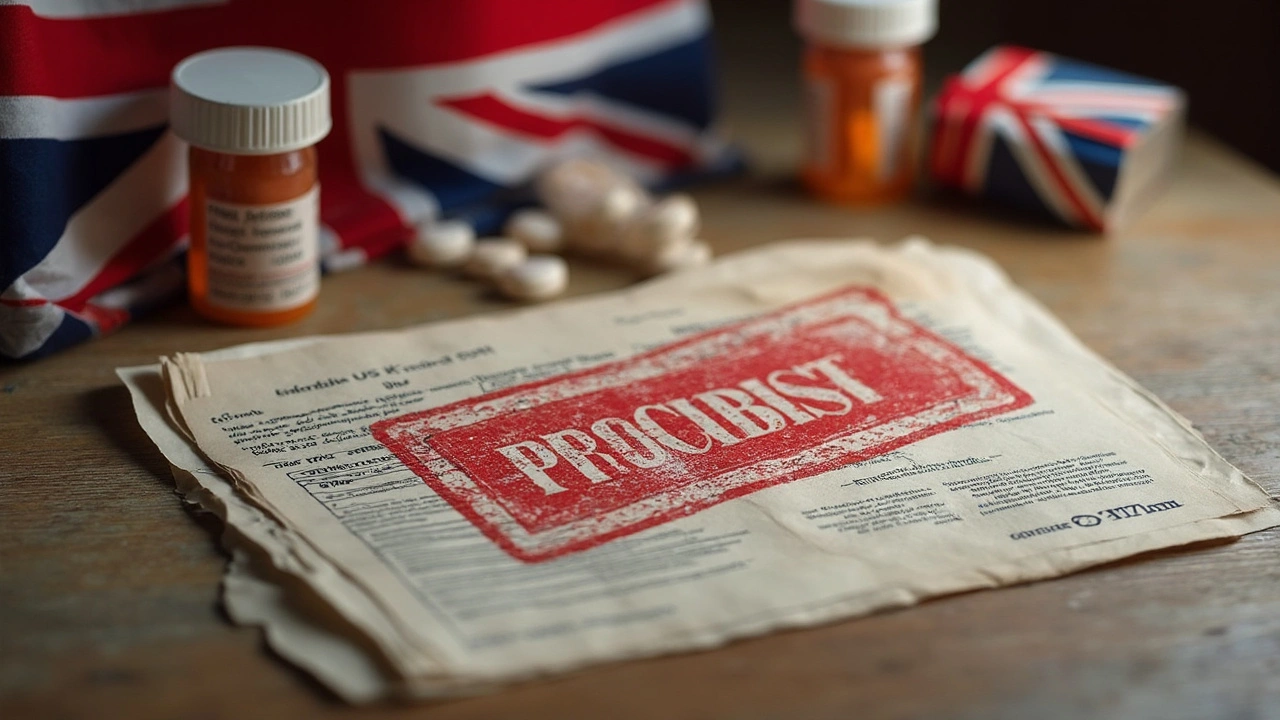
Quantity Limits and Documentation: How Much Can You Legally Bring?
It’s tempting to stock up on three years’ worth of your medicine, especially if your insurance is stingy or your local prices are sky-high. But U.S. Customs draws a hard line. Generally, you’re only allowed to bring a 90-day (three-month) supply of medication for personal use. That’s not just a guideline—if you try to bring in more, CBP officers can confiscate it, and in rare cases, you could be fined.
The “three-month rule” applies regardless if you flew in with your meds or they arrived by mail. If you’re traveling for longer than three months, you need to provide solid proof. Sometimes they’ll waive the limit for extended travelers, but only if you show flight itineraries, accommodation bookings, or even proof of residency.
Prescription drugs must have a valid doctor’s note. The prescription label—printed in English, ideally—is absolutely essential. This should show your name, the prescribing doctor, dosage, and quantity. If you don’t have that, customs might assume the worst.
For most controlled substances, there’s another hoop: a written statement from your doctor detailing your medical need. The statement must include a copy of the actual prescription and explicitly mention the generic and brand names, why you’re taking it, the dosing schedule, and start/end dates of treatment.
If mailing medication into the U.S., the package may be flagged for inspection. Customs has the authority to halt any med parcel, especially if it comes from a country with a record of counterfeit pharmaceuticals. Be prepared for delays. Sometimes, you’ll be asked to provide additional paperwork or justification before they release your shipment.
And don’t try to fudge the rules with “supplements” if it’s really a prescription drug. Packages labeled incorrectly are seized almost immediately. Even over-the-counter medications can face quantity restrictions if they contain active ingredients on the FDA or DEA radar.
Another weird one: Meds deemed a risk for “dual use”—say, ephedrine-containing products that could potentially be converted into illegal drugs—are extremely likely to be confiscated, even in tiny amounts.
If you’re transiting through the U.S., the same quantity limits apply. People have gotten in hot water bringing medications through JFK or LAX en route to another country, only to have their entire supply seized for exceeding the allowed amounts.
On the lighter side, some countries will outright refuse to accept returns of rejected drugs. If your shipment is confiscated, don’t expect to get it back—even if CBP tells you to “appeal.” For customs, once it’s seized, it’s gone.
To better visualize what’s allowed, take a look at this short cheat-sheet:
- Prescription required: Yes, always, for controlled substances and most prescription drugs.
- Max supply: 90 days (personal use only).
- Original packaging: Required, including clear labeling in English.
- Doctor's letter: Needed for controlled substances, sometimes for regular prescriptions.
- No personal supply of banned substances (e.g., unapproved foreign meds, certain painkillers, or unique formulations).
And here’s a tip from a long-time U.S. customs legal advisor: “Keep all documentation together, and carry extra copies. You’d be surprised how often a missing page turns into a week-long delay.”
On the bright side, CBP officials do receive training on recognizing common chronic disease medications—so if you’re following the rules, things usually go smoothly. But one missing detail can bring your plans to a screeching halt.
"The importation of drugs by individuals for personal use is subject to strict regulation, and travelers should ensure they possess all necessary documentation to avoid seizure or delays."
— U.S. Food and Drug Administration Guidance, 2024
And a final pro-tip: if you’re considering alternatives for better prices or availability, importing from countries with robust pharmaceutical regulation—ahem, like Canada—is safer. But again, the same U.S. rules on prohibited substances and quantity limits apply, no matter the country of origin.

How to Keep Your Medication Above Board: Tips for Safe and Legal Import
You wouldn’t travel without your passport, right? The same goes for prescription meds—never travel, import, or ship them without prepping all the right paperwork. U.S. Customs is thorough, but they don’t care about brand loyalty or overseas approval if you fall outside the lines.
First, always buy from reputable sources. Stick with pharmacies certified by the NABP (National Association of Boards of Pharmacy) or officially recognized by their home country regulatory authority. Fly-by-night online sellers are one of the top reasons shipments get flagged and destroyed. Look out for the 'VIPPS' seal or government endorsements.
When ordering online, always read reviews that sound genuine, and check posting dates. A string of identical five-star raves posted within a week? That’s probably a front for counterfeits. If in doubt, cross-reference the supplier’s name with official government warnings—both FDA and CBP post updated lists of high-risk websites.
Got prescription insurance? Sometimes it’s easier (and safer) to ask your doctor or pharmacist if your drug can be filled via an accredited mail-order service operating in the U.S. That may save you time, legal stress, and a logistical nightmare.
Try to have all types of documentation on hand:
- Your U.S. doctor’s prescription and/or the overseas equivalent.
- Original packaging with attached prescription label (in English, if possible).
- A doctor’s letter explaining your diagnosis, why you need the medication, and intended use duration.
- Copies of your travel itinerary (if traveling) or shipment receipts (if mailing).
- Any regulatory approvals, if you’re carrying something rare or not FDA-approved.
When bringing in medication at a checkpoint or airport, declare it openly—even if you’ve double-checked it’s legal. Being honest upfront is always better than trying to hide something and getting searched. Agents may ask you a ton of questions, but it’s better than a trip to a secondary inspection room.
If you need a steady supply from overseas, keep things legit. Many patients have found reasonable options to import meds from Canada, but always make sure you double-check each medication’s legal status before ordering.
Drugs sent across borders can be delayed without warning. Schedule refills well in advance, and always keep at least a month’s backup while waiting for new shipments. If you’re cut off, contact your prescriber and see if you can bridge the gap at a local pharmacy.
Some U.S. states have even more restrictive rules on top of what CBP and FDA require. For example, states with strict opioid monitoring programs might not even allow a traveler’s personal supply to enter. Check your connecting airports—sometimes it’s the state agent, not the Feds, who stops your package.
And one more twist: new rules and banned substances pop up every year. Always re-check the FDA and CBP sites before you place every new order. Don’t assume last year’s rules are still current.
As crazy as this all sounds, U.S. agencies are mostly looking to block dangerous, counterfeit, or highly abused meds rather than everyday treatments for chronic conditions. Play by the rules, and you’ll probably have no problem. Skip a step, and it could cost you your vacation… or a chunk of your wallet.
If you’ve ever watched travelers get red-faced at an airport checkpoint over something as simple as a bottle of cough syrup, you know it’s not worth the risk.
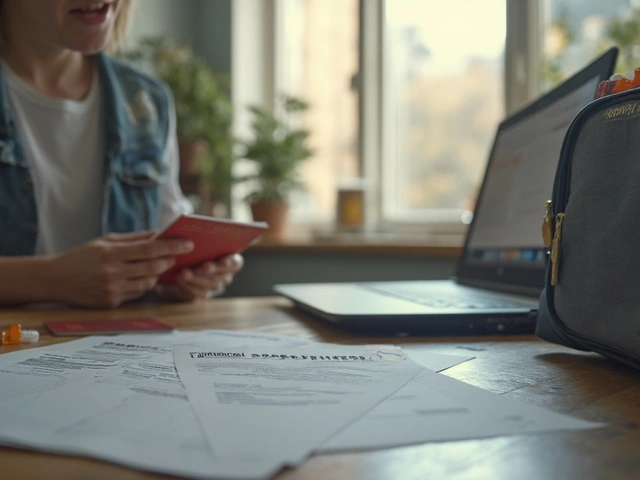



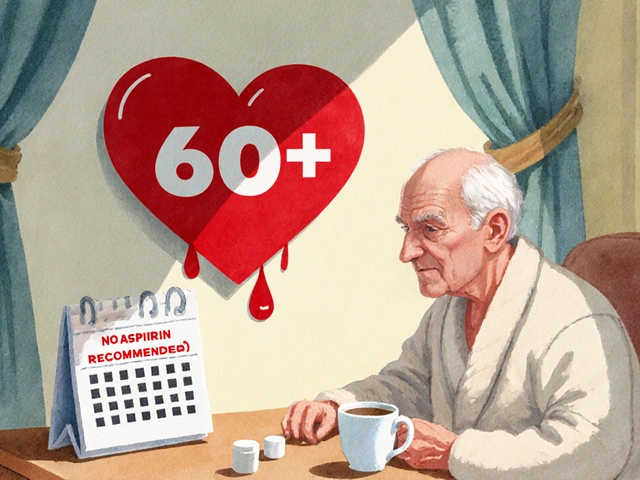
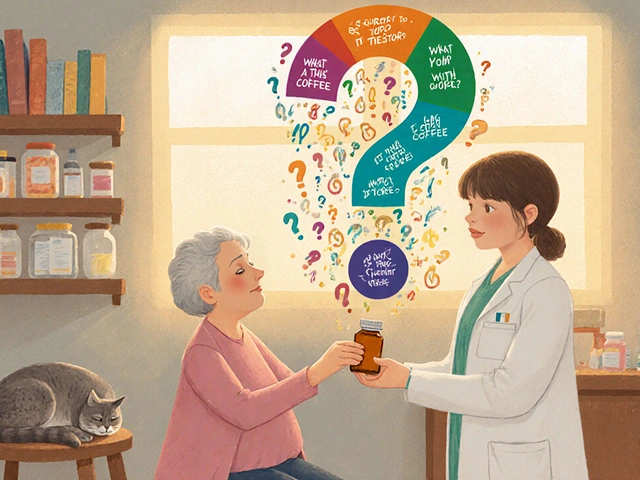

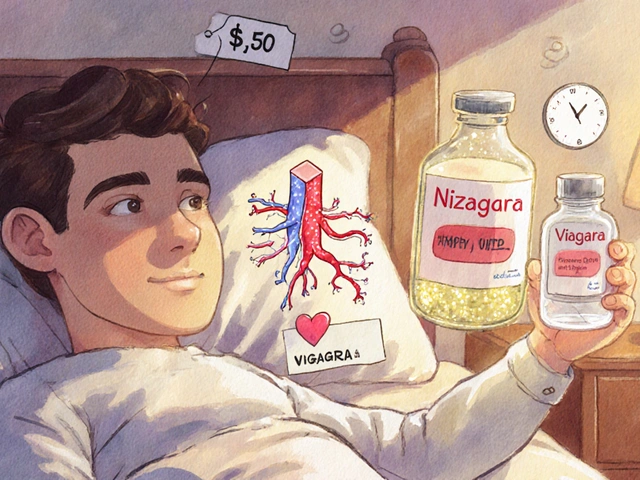
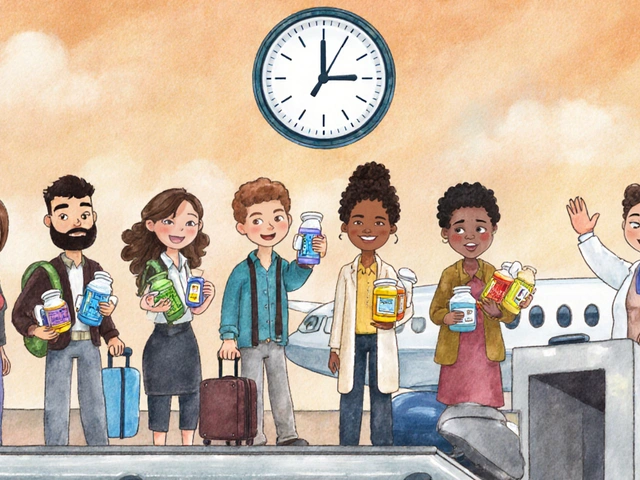
Matt Stone
July 18, 2025 AT 04:26Seriously thinking about ordering some meds from overseas but this customs stuff sounds like a minefield. Are they super strict with prescription limits? Like, how much can you actually bring in without getting flagged?
Also curious about prohibited substances—some meds might be legal in other countries but not here. Would customs just confiscate and fine you or worse?
Anyone here got real experience importing meds into the US and not having issues at customs?
Joy Luca
July 18, 2025 AT 04:43Honestly, the article does a decent job breaking down the rules and the jargon around them. Prescription drug limits are mostly based on a month's supply for personal use, but there's a lot more nuance if you're importing controlled substances.
It covered how labeling and documentation are key to avoiding problems. Plus, declarations need to be accurate so you don’t trigger any automatic red flags.
If you want specifics, Customs and Border Protection (CBP) website actually provides detailed guidelines and examples that can help.
Gayatri Potdar
July 18, 2025 AT 04:59Guys yall gotta realize this whole system is shady. Customs ain't just protecting us, they're protecting BIG PHARMA interests. You think they let people freely import meds that could undercut their profit margins?
Like I bet they're scanning packages, tracking buyers, maybe even blocking some shipments arbitrarily. Who knows what shady deals go down behind the scenes.
This 'law enforcement' is just a mask for control, I'm telling you.
Jessica Martins
July 18, 2025 AT 05:16While I understand the concerns about fairness, it is also critical to recognize that regulations exist for safety reasons. Importing unregulated medications can pose serious health risks to patients.
The article’s emphasis on staying informed and adhering to legal limits is sensible advice. As much as one might dislike the restrictions, they are intended to protect public health.
It would be unwise to ignore these laws or underestimate customs enforcement policies.
Marcella Kennedy
July 18, 2025 AT 05:33I appreciate the focus on clarity in this article because I know importing medication can be really stressful for folks who need certain prescriptions that are either too expensive or unavailable locally.
It’s really important for patients to be empowered with correct information so they can navigate the system without fear, and I hope more resources like this get shared widely. There are also nonprofit organizations and patient advocacy groups that can give personalized guidance.
Has anyone here used those services before?
Jamie Hogan
July 18, 2025 AT 05:49As someone who deals with international shipments regularly, it’s vital to understand the distinction between permitted items and those requiring extensive documentation.
The customs protocols in the USA are stricter than in many countries, and for good reasons including preventing counterfeit drugs.
Being aware of the precise definitions of ‘medication’ under US law helps avoid costly delays or seizures.
In my experience, inadequate paperwork is the biggest pitfall for importers here.
April Rios
July 18, 2025 AT 06:06Philosophically speaking, this whole framework reveals how legislation attempts to balance individual autonomy with societal safety. The paradox here is fascinating.
On one hand, individuals should have the liberty to seek medication wherever it is cheapest or most accessible, yet on the other, the state must maintain control to prevent harm.
Hence, the enforcement mechanisms around customs are less about mere control and more about the epistemology of trust and verification.
Does the article address these nuances adequately? I’d like to know.
byron thierry
July 18, 2025 AT 06:23The article is both timely and necessary. We live in a time when medication access disparities are glaring, yet legal frameworks often lag behind.
Overall, the guidelines CBP enforces are clear but can feel daunting without proper help.
Education and transparency can empower travelers and patients to comply without confusion or fear.
In my humble opinion, these topics deserve more public dialogue.
bob zika
July 18, 2025 AT 06:56Very true. Also, one must not overlook the importance of maintaining accurate records when importing medication.
Having a physician’s letter backing up your prescriptions or clear pharmacy labels can make all the difference when passing customs checks.
Additionally, knowing your rights and limits can help in difficult encounters.
It’s better to be over-prepared than face confiscation and penalties.
M Black
July 18, 2025 AT 07:13Wow this article came at the perfect time !! Someone in my fam has been ordering meds from India and I was worried about the legality side. Glad I found this before their next shipment.
Real talk tho, it’s good to see practical advice not just dry rules thrown around.
Always remember folks - documentation and honestly declaring all items is what saves you from headaches. 👍
Hope people share their experiences too :)
Sidney Wachira
July 18, 2025 AT 07:29Oh come on, this is all so dramatic lol. Customs isn’t the enemy here; they are just doing their job keeping the system from chaos. If you can’t follow simple rules maybe it's your problem, not theirs.
Also, someone said big pharma conspiracy? Really? Let’s not go down that rabbit hole again.
Import your meds legally, have your paperwork, and you won’t have any troubles.
Some people just want to make mountains out of molehills!